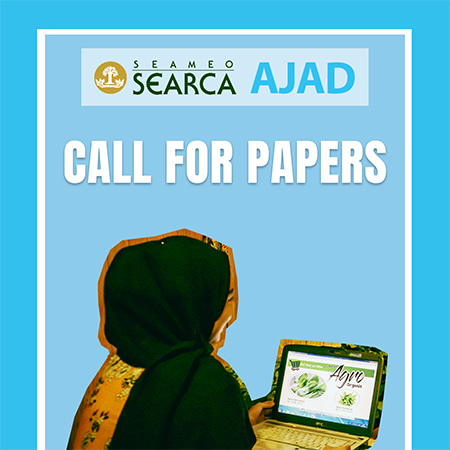- Paperback 978-971-560-234-1
- e-ISBN 978-971-560-235-8
The main objective of this study is to assess and analyze the food security status, coping strategies, and determinants of the most vulnerable groups in the Magway Region in the Central Dry Zone of Myanmar. A multistage sampling technique was used to select 208 respondents among smallholder farmers, landless, and female-headed households in four villages. The collected data were analyzed and discussed using descriptive statistics, inferential statistics, and logit (logistic regression) models. Survey results showed that uncertain rainfall and drought in Magway Region resulted to low soil moisture content, increased production cost, and lower yield and quality of crops. Accordingly, income and food sufficiency of rural households decreased, affecting mostly small farmers. The ratio of food expenditure to total household expenses was highest in landless groups, accounting to more than half of total household expenses, and lowest at about 42 percent in farm households. The most frequent coping mechanisms for insufficient food was the consumption of cheap food (low quality rice and edible oil) and reduced meat consumption. Food security line estimate based on the FAO recommended adult daily energy level of 2,260 kilocalories was USD 1.16 (MMK 1,141.00) per day or USD 425.00 (MMK 416,606.00) per year. The annual food expenditure was USD 1,086.59 (MMK 1,065,128.00) in a farm household, USD 1,032.56 (MMK 1,012,166.00) in a landless household, and USD 1,049.78 (MMK 1,029,045.00) in a female-headed household. Of the total selected households of Magway Township, 34 percent were food insecure because of low crop yield. The most vulnerable to food insecurity includes farmers who are nearlandless, landless, and female-headed households. The highest diet diversity indices were found in farm and landless groups, although food security status of sampled households was not significantly influenced by grouping. Small farmers, landless, and female-headed households were generally in the same level of food security status. This study suggests tackling the food security issue by effective integration of microeconomic environment factors, such as incidence and causes of food insecurity among vulnerable households, into the macroeconomic policy of the country. The policy implications related to food security program must be based on the condition of specific regions in Myanmar, and that multi-sectoral coordination should support regionalized food security program.


